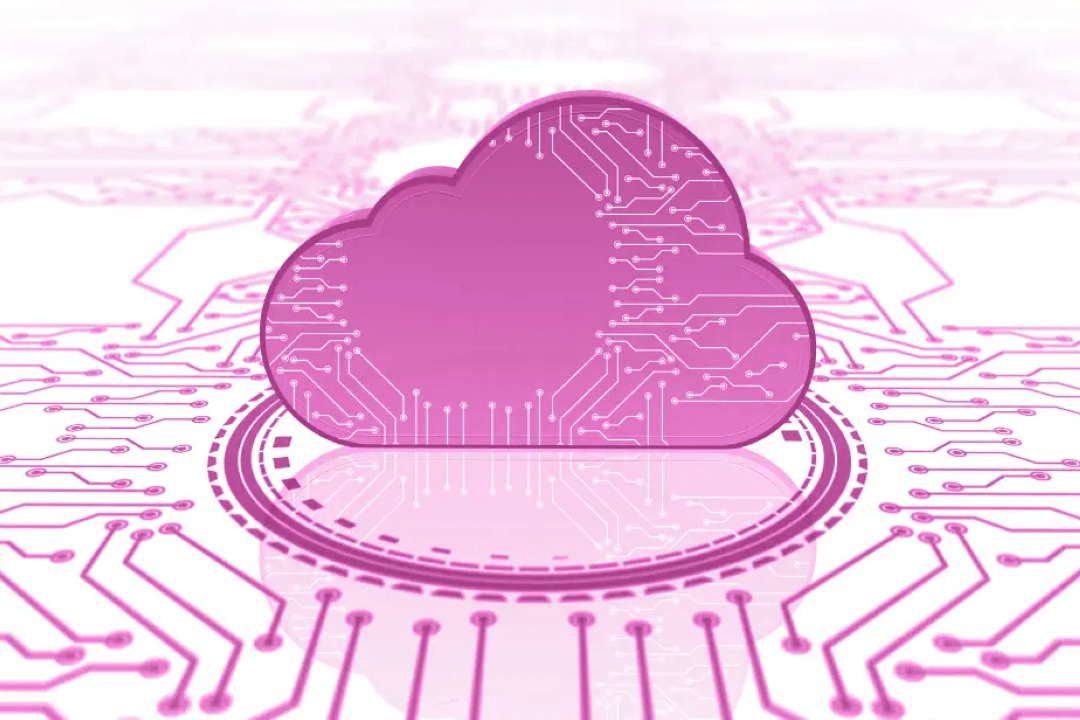What Are The Components Of Cloud Computing
Understanding the Components of Cloud Computing
What Are The Components Of Cloud Computing
Cloud computing is a technology that allows users to access and store data and programs over the internet instead of relying on a physical computer or server. The main components of cloud computing include infrastructure as a service (IaaS), platform as a service (PaaS), and software as a service (SaaS). This model offers scalability, flexibility, cost-effectiveness, and accessibility to resources on-demand, which can help businesses streamline their operations, improve efficiency, and innovate quickly without the need for dedicated hardware or IT infrastructure.
To Download Our Brochure: https://www.justacademy.co/download-brochure-for-free
Message us for more information: +91 9987184296
1 - Infrastructure as a Service (IaaS): This component provides virtualized physical resources such as servers, storage, and networking over the internet. It allows users to rent infrastructure, like virtual machines, on a pay as you go basis.
2) Platform as a Service (PaaS): PaaS offers a platform allowing customers to develop, run, and manage applications without the complexity of building and maintaining the infrastructure. It typically includes development tools, database management systems, and middleware.
3) Software as a Service (SaaS): SaaS delivers software applications over the internet on a subscription basis. Users can access the software through a web browser, without the need for installations or maintenance on their devices.
4) Public Cloud: This refers to cloud services delivered over the internet and available to anyone who wants to use or purchase them. The infrastructure is owned and operated by a third party cloud service provider.
5) Private Cloud: A private cloud is dedicated to a single organization and is located on premises or hosted by a third party service provider. It offers more control over data security and customization options.
6) Hybrid Cloud: A hybrid cloud combines public and private clouds, allowing data and applications to be shared between them. Organizations can use the public cloud for non sensitive operations and the private cloud for sensitive data.
7) Cloud Storage: Cloud storage services provide scalable, virtualized storage for data backup, file sharing, and disaster recovery. Users can access and manage their stored data over the internet.
8) Cloud Computing Security: Security measures in cloud computing include data encryption, identity and access management, network security, and compliance with industry regulations. These measures aim to protect data and applications in the cloud from cyber threats.
9) Scalability: Cloud computing offers the ability to scale resources up or down based on demand. This flexibility allows organizations to easily adjust their infrastructure to accommodate changing workloads.
10) Cost Efficiency: Cloud computing can be cost effective as it eliminates the need for upfront investments in hardware and infrastructure. Users pay only for the resources they use, reducing operational costs.
11) Automation: Cloud computing platforms often provide automation tools for managing and provisioning resources. This automation improves efficiency, reduces human error, and accelerates the deployment of applications and services.
12) Disaster Recovery: Cloud computing enables organizations to store data off site in secure data centers, facilitating disaster recovery and business continuity. In case of a local outage or disaster, data and applications can be quickly restored from the cloud.
13) Virtualization: Virtualization technology allows multiple virtual machines to run on a single physical server, optimizing resource utilization and improving scalability. It is a key component of cloud computing infrastructure.
14) Service Level Agreements (SLAs): SLAs define the terms and conditions of cloud services, including performance metrics, uptime guarantees, and support levels. They ensure that customers receive the agreed upon level of service from cloud providers.
15) Multi Tenancy: Cloud computing providers often use a multi tenant model where multiple users share the same resources and infrastructure. This helps in maximizing resource utilization and reducing costs for both providers and users.
Browse our course links : https://www.justacademy.co/all-courses
To Join our FREE DEMO Session: Click Here
Contact Us for more info:
- Message us on Whatsapp: +91 9987184296
- Email id: info@justacademy.co
Interview Questions Of React Js












